DAYWALK’s Silica Gel and Breathers are tailored for effective moisture control in various industrial applications. This range includes the e-Gel Bags, e-Gel Pails and YDB Breathers, each offering unique moisture-absorbing capabilities.
Our range supports long-term performance in demanding environments and aligns with international safety and environmental standards. These moisture-absorbing gel solutions are commonly paired with steel cages and stillages, and component transport and storage frames to ensure full protection during storage and transit.
Choosing DAYWALK for your silica gel and breather needs means opting for products that are not only effective in moisture control but also environmentally safe. Our e-Gel range is non-cobalt and non-toxic and meets international environmental standards, making it a responsible choice. Their ease of monitoring and reusability also ensures efficiency and cost-effectiveness in long-term applications.
Showing all 10 results
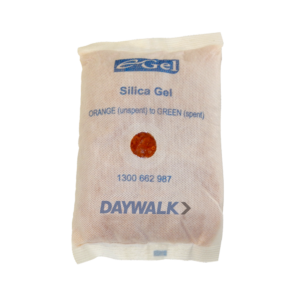
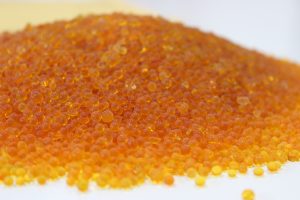

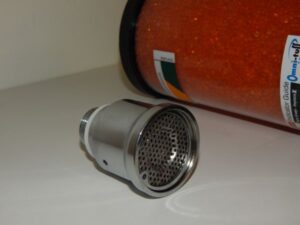
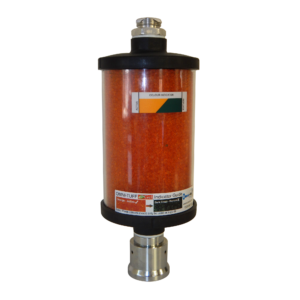
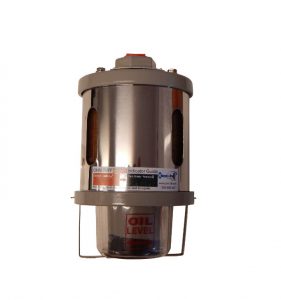
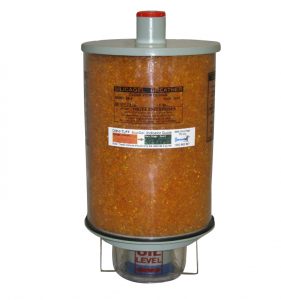
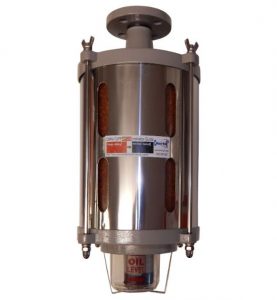
Moisture can quietly damage equipment, ruin sensitive components and shorten asset life. That’s why DAYWALK’s silica gel and breathers help promote safer worksites, streamline processes and protect your investments.
Each product is non-toxic, cobalt-free and safe. Our gels meet strict international environmental standards, making them safer to handle, store and dispose of – unlike cheaper alternatives that heavily rely on hazardous compounds. These moisture-absorbing silica gel bags are easy to monitor, simple to replace and tough enough for harsh conditions and long-term efficiency, but not at the expense of safety.
Used in transformer breathers and preservation systems, these solutions play a critical role in keeping air and equipment dry during storage and transit. Because we engineer everything end-to-end, from design to manufacture, you’re getting an expertly built system backed by real data and proven performance.
Silica gel is produced from silicon dioxide, a naturally occurring substance in sand. It’s filtered into tiny porous beads that soak up and retain water vapour. Though it appears and feels like small crystals, silica gel is dry and chemically inert, meaning it won’t react with most materials, and it’s safe to have around tools, electronics and machinery. You’ll often see it in the form of silica gel packets placed inside packaging to absorb moisture.
Silica gel is utilised to remove water and prevent condensation within sealed spaces. It is applied as a moisture-absorbing gel or a packet in packaging, storage containers and industrial areas where there is a need for humidity control. In mining and logistics, silica gel protects equipment stored within steel mesh cages to lower the chances of corrosion or destruction caused by damp air while on transport or long-term storage. Meanwhile, in electrical and industrial systems, a silica breather is used to prevent moisture-related damage in sensitive equipment.
Yes, most silica gel products, once dried out, can be reused. Once the beads contain the maximum amount of moisture content, they can then be returned to a dried-out state by being heated (usually in a low oven). Silica gel is therefore a cost-effective choice for multiple uses, especially in preservation systems where moisture control is required long-term.
Silica gel is utilised in breathers to capture water in air that enters and exits sealed equipment, such as electrical transformers. Silica gel would not be required if condensation were not an issue, but condensation could result in insulation failure, corrosion or diminished performance. Silica gel breathers prolong equipment life by providing dry internal conditions despite high humidity.
Yes, and that is precisely how it is used. Silica gel has the capacity to absorb 40% of its own weight in water vapour, so it is the perfect means of keeping dry storage spaces. It is most commonly blended with VCI powders and desiccants or applied underneath a coating to prevent rust, particularly in equipment preservation and transport systems where moisture can be extremely detrimental.